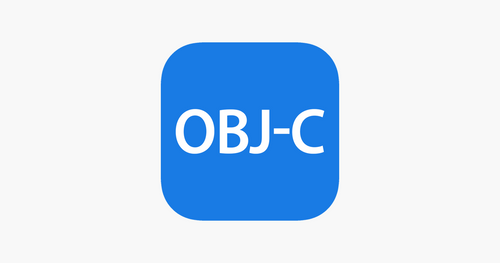Objective-C is the programming language at the core of iOS app development, and ensuring data accuracy is paramount. One crucial aspect of data validation in mobile applications is email validation. Accurate email validation not only enhances the user experience but also prevents errors and security vulnerabilities. In this extensive guide, we'll explore email validation in Objective-C, providing you with the knowledge and tools needed to implement robust email validation in your iOS applications.
The Significance of Email Validation in iOS Apps
Before delving into the intricacies of email validation in Objective-C, let's understand why it's crucial:
1. Data Accuracy
- Email validation ensures that the data entered by users is accurate and properly formatted, reducing the likelihood of errors.
2. User Experience
- A smooth and user-friendly registration process, with real-time feedback on email validity, enhances the user experience.
3. Security
- Validating emails helps protect your application from malicious inputs, preventing potential security vulnerabilities.
4. Compliance
- Accurate email validation ensures that your app complies with data protection regulations and email marketing laws.
5. Brand Reputation
- Providing a seamless user experience, including accurate email validation, contributes to a positive brand image.
Now, let's explore how to master email validation in Objective-C:
Implementing Email Validation in Objective-C
1. Using Regular Expressions
- Regular expressions are powerful tools for email validation. Objective-C provides libraries for regex implementation.
2. Leveraging NSPredicate
- NSPredicate simplifies email validation with its expressive syntax. Learn how to use it effectively.
3. Avoiding Common Pitfalls
- Address common pitfalls like overly permissive or restrictive validation, which can impact user experience.
4. Real-Time Validation
- Implement real-time validation to provide instant feedback to users as they enter their email addresses.
5. Error Handling
- Develop robust error-handling mechanisms to gracefully manage invalid email inputs.
6. Internationalization
- Account for international email addresses by understanding Unicode and character encoding.
7. Testing Strategies
- Explore testing strategies to ensure the reliability of your email validation code.
8. Advanced Techniques
- Dive into advanced techniques like domain verification and DNS lookup for enhanced validation.
Common Questions About Email Validation in Objective-C
Let's address some frequently asked questions related to email validation in Objective-C:
Q1: Is regular expression the best method for email validation in Objective-C?
- Regular expressions are a popular choice, but NSPredicate can be more concise for simple validation. The choice depends on your specific requirements.
Q2: What's the most common mistake in email validation?
- Allowing overly permissive validation patterns can lead to false positives. Striking the right balance is crucial.
Q3: How can I ensure my email validation is internationally compatible?
- Unicode support and character encoding are key factors in ensuring international compatibility.
Q4: Are there libraries or frameworks that simplify email validation in Objective-C?
- While there are libraries available, understanding the underlying principles and implementing custom validation gives you more control and flexibility.
Q5: What are the best practices for error handling in email validation?
- Robust error handling should include informative error messages and graceful user feedback.
Conclusion
Email validation in Objective-C is a critical aspect of iOS app development. By mastering the techniques and best practices outlined in this guide, you can ensure the accuracy of email addresses in your applications, enhance user experiences, and fortify your app's security. Stay updated with evolving email validation standards and continuously refine your validation mechanisms to maintain the reliability of your iOS apps.



